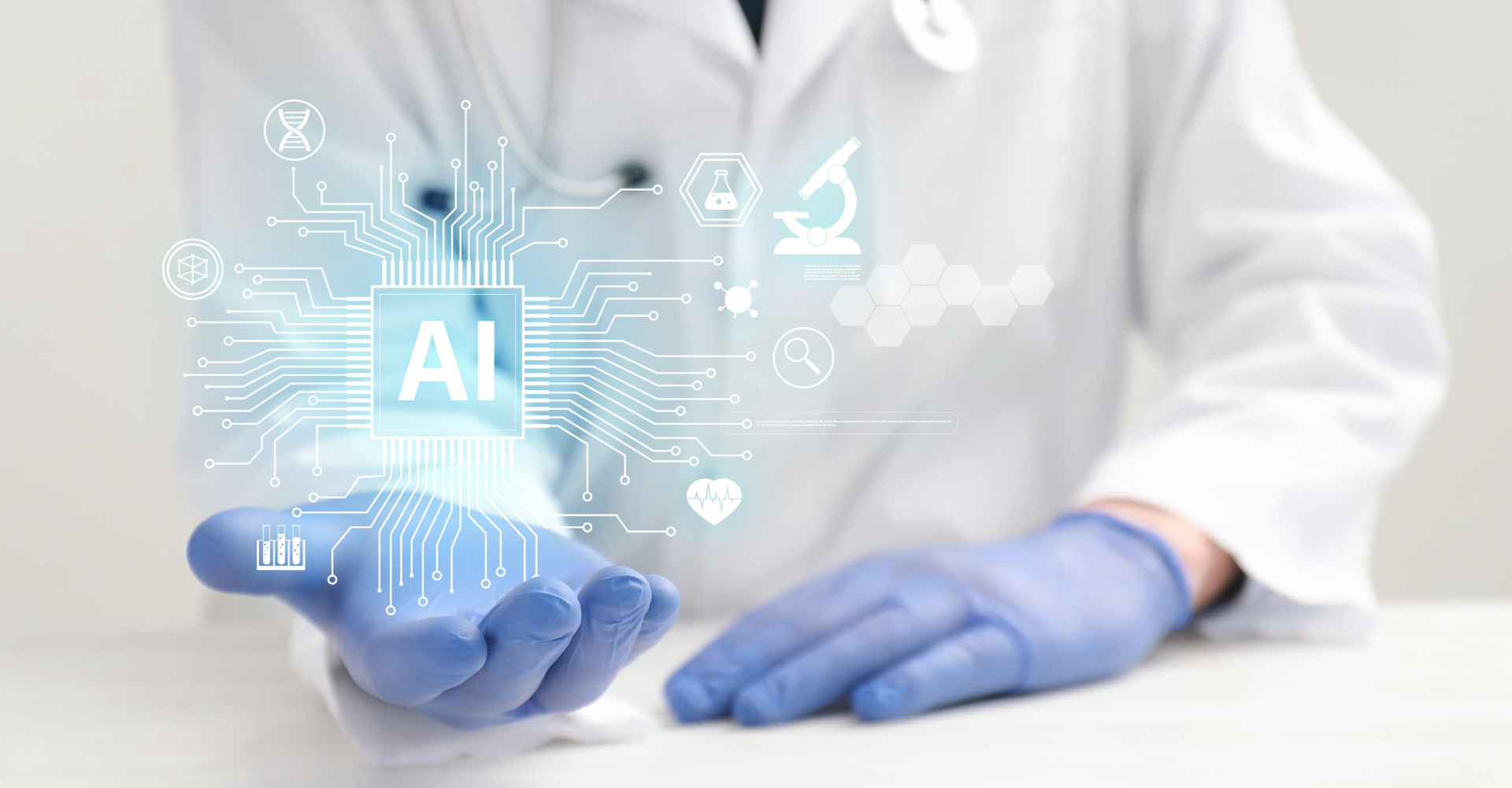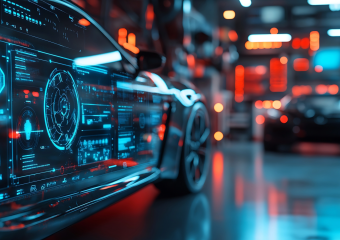From Wearables to Virtual Clinics: AIoT’s Role in Modern Healthcare
AIoT’s Role in Transforming Healthcare Environments
Healthcare is on the brink of a technological revolution, thanks in major part to the melding of artificial intelligence (AI) and the Internet of Things (IoT). Known collectively as AIoT, this synthesis promises to reshape patient care, making medical services not only more effective but also more widely accessible. From wearables that monitor health metrics in real time to virtual clinics that make healthcare accessible in remote areas, AIoT is driving significant improvements in health outcomes and overall healthcare efficiency.
Integrating AI with IoT: A Game Changer for Medical Practices
The integration of AI and IoT technologies creates a powerful tool for the healthcare industry, enabling smarter devices that are capable of performing autonomously in response to varied situations. For instance, IoT devices can collect vast amounts of health-related data from individuals, ranging from heart rate and blood pressure to more complex biomarkers. Once collected, AI algorithms can process this data, providing insights that were previously unattainable at such speed and scale.
This combination enables continuous monitoring of patients’ health, allowing for timely interventions even when a patient is not physically present in a hospital. It’s particularly transformative for chronic disease management, where consistent monitoring is crucial. Through AIoT, devices don’t just collect data; they also learn from it, helping to predict and prevent potential health crises before they occur, facilitating a shift from reactive to proactive and personalized medical care.
Expanding Reach through Virtual Clinics
With the growth of AIoT, virtual clinics are becoming increasingly feasible and effective. These clinics use AI to analyze patient data collected via IoT devices, enabling healthcare providers to diagnose and treat patients remotely. This technology is especially crucial for rural or underserved communities where medical facilities may be sparse, but where internet access is increasing.
Virtual clinics can offer consultations through video calls, augmented by real-time data from wearables and other health monitors, giving doctors a comprehensive view of the patient’s current health status. This not only makes healthcare more accessible but also reduces the burden on traditional healthcare facilities, lowering costs and streamlining operations.
Wearable Technology and Patient Empowerment
One of the most visible impacts of AIoT in healthcare is the rise of wearable technology. Devices like smartwatches and fitness trackers that monitor physical activity, heart rates, and sleep patterns are common today. More advanced wearables are in development that could measure indicators such as blood glucose levels or even stress markers, all without a single prick or prod.
The data collected by these devices, when analyzed with AI, offers profound insights into individual health trends, potentially alerting patients and doctors to health issues before they become serious. This empowerment of patients contributes to a more engaged and informed approach to personal health management, fostering a partnership between patient and provider that is mediated by technology.
Challenges and Ethical Considerations
While AIoT holds significant promise, it also presents unique challenges and ethical considerations. Privacy is a major concern, as the collection and analysis of personal health data can put sensitive information at risk. Healthcare providers and technology developers must ensure that these systems are secure and compliant with health data protection standards such as HIPAA in the United States.
Moreover, there is the issue of dependency on technology and the potential for disparities in access to these technological solutions. Ensuring equitable access to the benefits of AIoT in healthcare will be crucial to prevent widening the gap between different socio-economic groups.
The Future of Healthcare with AIoT
As we look to the future, the role of AIoT in healthcare can only be expected to grow. Innovations like implantable IoT devices that can perform minor diagnoses and treatments inside the body, or AI systems that can simulate medical procedures, are on the horizon. With each advancement, healthcare becomes a bit more efficient, a bit more personalized, and a bit more accessible.
In conclusion, AIoT stands at the forefront of modern healthcare, offering exciting possibilities for enhancing patient care and streamlining medical services. As this technology continues to evolve, the face of healthcare will inevitably transform, making way for a more interconnected and intelligent medical environment for all.





